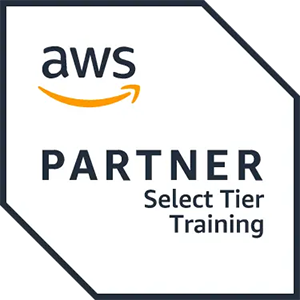Learn how to deploy and operate BIG-IP Advanced Firewall Manager to protect a data center against incoming threats that enter the network at layers 3 and 4 on common protocols including HTTP, SIP, SSH, SSL, and others. Using a mix of lectures and hands-on lab exploration, gain experience implementing comprehensive protection against attacks from rapidly changing IP addresses by applying the latest threat intelligence, and by anticipating, detecting, and responding to attacks before they hit data center targets. Practice using hardware-based DDoS mitigation that scales to prevent high-volume, targeted, network flood attacks—while allowing legitimate traffic to flow without compromising performance or degrading the user experience. Observe malicious network activity in real time as you assume the role of an attacker.
F5 recognizes the importance of visibility, analytics, and reporting regarding attack evolution, attack mitigation, and overall firewall health. Plenty of time is dedicated to analyzing reports. Learn how to retrieve clear, concise, and actionable information highlighting attacks and trends with detailed drill-down and page-view capabilities.

 United Kingdom
United Kingdom Germany
Germany Denmark
Denmark Sweden
Sweden Italy
Italy Netherlands
Netherlands Norway
Norway 
















 Kesto
Kesto  Toimitus
Toimitus  Hinta
Hinta